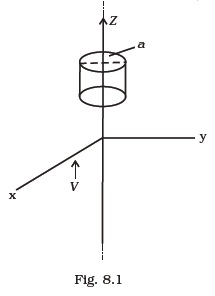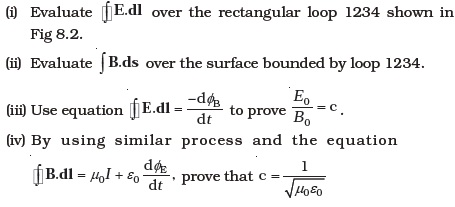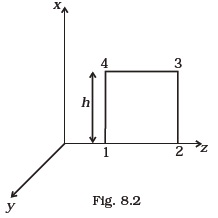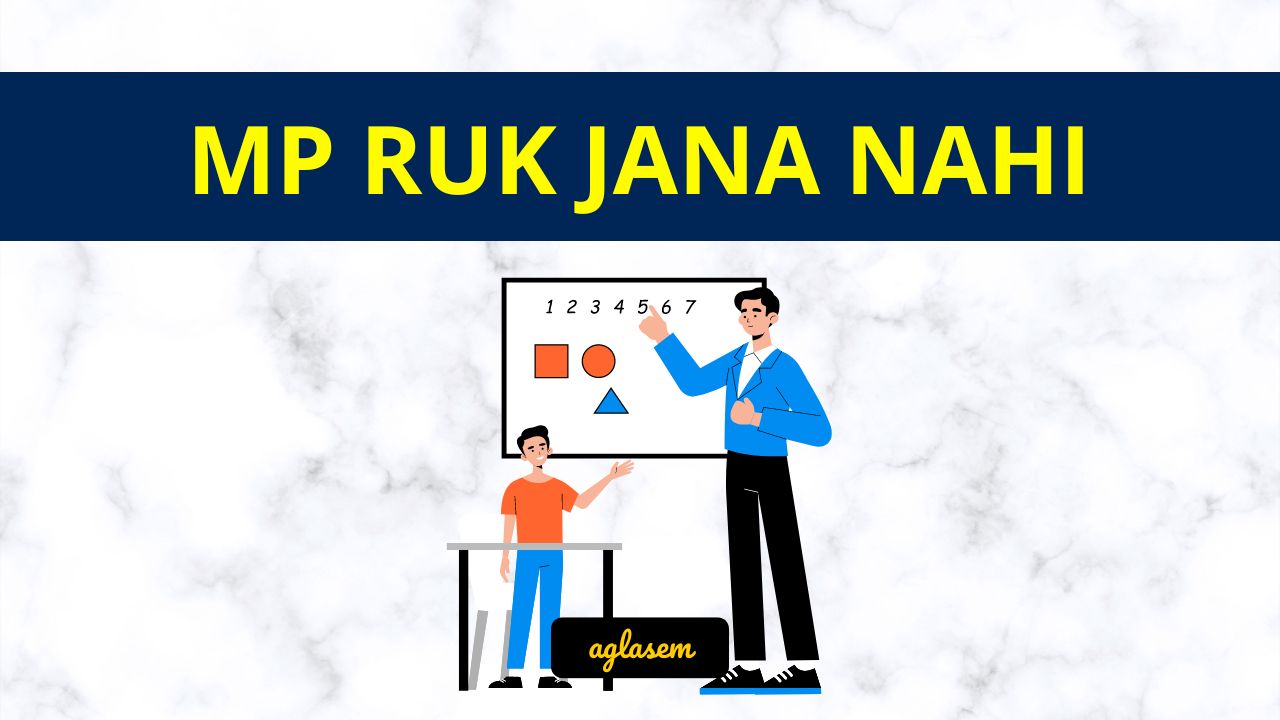Candidates can download NCERT Exemplar Class 12 Physics Chapter 8 from this page. The exemplar has been provided by the National Council of Educational Research & Training (NCERT) and the candidates can check it from below for free of cost. It contains objective, very short answer type, short answer type, and long answer type questions. Along with it, the answer for each question has also been provided. From the NCERT Exemplar Class 12 Physics Chapter 8, candidates can understand the level and type of questions that are asked in the exam.
NCERT Exemplar Class 12 Physics Chapter 8 Electromagnetic Waves
NCERT Class 12 Physics Chapter 8 is for Electromagnetic Waves. The type of questions that will be asked from NCERT Class 12 Physics Chapter 8 are displayed in the below provided NCERT Exemplar Class 12 Physics Chapter 8. With the help of it, candidates can prepare well for the examination.
Also Check: NCERT Solutions for Class 12 Physics
Multiple Choice Questions (MCQ I)
- One requires 11eV of energy to dissociate a carbon monoxide molecule into carbon and oxygen atoms. The minimum frequency of the appropriate electromagnetic radiation to achieve the dissociation lies in
(a) visible region.
(b) infrared region.
(c) ultraviolet region.
(d) microwave region. - A linearly polarized electromagnetic wave given as
 is incident normally on a perfectly reflecting infinite wall at z = a. Assuming that the material of the wall is optically inactive, the reflected wave will be given as
is incident normally on a perfectly reflecting infinite wall at z = a. Assuming that the material of the wall is optically inactive, the reflected wave will be given as

- Light with an energy flux of 20 W/cm2 falls on a non-reflecting surface at normal incidence. If the surface has an area of 30 cm2. the total momentum delivered (for complete absorption) during 30 minutes is
(a) 36 × 10–5 kg m/s.
(b) 36 × 10–4 kg m/s.
(c) 108 × 104 kg m/s.
(d) 1.08 × 107 kg m/s. - The electric field intensity produced by the radiations coming from 100 W bulb at a 3 m distance is E. The electric field intensity produced by the radiations coming from 50 W bulb at the same distance is
(a) E/2 .
(b) 2E.
(c) E/√2
(d) √2E. - If E and B represent electric and magnetic field vectors of the electromagnetic wave, the direction of propagation of electromagnetic wave is along
(a) E.
(b) B.
(c) B × E.
(d) E × B. - The ratio of contributions made by the electric field and magnetic field components to the intensity of an EM wave is
(a) c : 1
(b) c2 : 1
(c) 1 : 1
(d) √c : 1 - An EM wave radiates outwards from a dipole antenna, with E0 as the amplitude of its electric field vector. The electric field E0 which transports significant energy from the source falls off as
(a) (1/r3)
(b) (1/r2)
(c) (1/r)
(d) remains constant.
Multiple Choice Questions (MCQ II)
- An electromagnetic wave travels in vacuum along z direction:
 Choose the correct options from the following:
Choose the correct options from the following:
(a) The associated magnetic field is given as

(b) The associated magnetic field is given as

(c) The given electromagnetic field is circularly polarised.
(d) The given electromagnetic wave is plane polarised. - An electromagnetic wave travelling along z-axis is given as:
E = E0 cos (kz – ωt.). Choose the correct options from the following;

- A plane electromagnetic wave propagating along x direction can have the following pairs of E and B
(a) Ex, By.
(b) Ey, Bz.
(c) Bx, Ey.
(d) Ez, By. - A charged particle oscillates about its mean equilibrium position with a frequency of 109 Hz. The electromagnetic waves produced:
(a) will have frequency of 109 Hz.
(b) will have frequency of 2 × 109 Hz.
(c) will have a wavelength of 0.3 m.
(d) fall in the region of radiowaves. - The source of electromagnetic waves can be a charge
(a) moving with a constant velocity.
(b) moving in a circular orbit.
(c) at rest.
(d) falling in an electric field. - An EM wave of intensity I falls on a surface kept in vacuum and exerts radiation pressure p on it. Which of the following are true?
(a) Radiation pressure is I/c if the wave is totally absorbed.
(b) Radiation pressure is I/c if the wave is totally reflected.
(c) Radiation pressure is 2I/c if the wave is totally reflected.
(b) Radiation pressure is in the range I/c < p < 2I/c for real surfaces.
Very Short Answer Type Questions
- Why is the orientation of the portable radio with respect to broadcasting station important?
- Why does microwave oven heats up a food item containing water molecules most efficiently?
- The charge on a parallel plate capacitor varies as q = q0 cos 2πνt. The plates are very large and close together (area = A, separation = d). Neglecting the edge effects, find the displacement current through the capacitor?
- A variable frequency a.c source is connected to a capacitor. How will the displacement current change with decrease in frequency?
- The magnetic field of a beam emerging from a filter facing a floodlight is given by
B0 = 12 × 10-8 sin (1.20 × 107 z – 3.60 × 1015 t) T.
What is the average intensity of the beam? - Poynting vectors S is defined as a vector whose magnitude is equal to the wave intensity and whose direction is along the direction of wave propagation. Mathematically, it is given by S = (i/μ0) E X B. Show the nature of S vs t graph.
- Professor C.V Raman surprised his students by suspending freely a tiny light ball in a transparent vacuum chamber by shining a laser beam on it. Which property of EM waves was he exhibiting? Give one more example of this property.
Short Answer Type Questions
- Show that the magnetic field B at a point in between the plates of a parallel-plate capacitor during charging is
 (symbols having usual meaning).
(symbols having usual meaning). - Electromagnetic waves with wavelength
(i) λ1 is used in satellite communication.
(ii) λ2 is used to kill germs in water purifies.
(iii) λ3 is used to detect leakage of oil in underground pipelines.
(iv) λ4 is used to improve visibility in runways during fog and mist conditions.(a) Identify and name the part of electromagnetic spectrum to which these radiations belong.
(b) Arrange these wavelengths in ascending order of their magnitude.
(c) Write one more application of each. - Show that average value of radiant flux density ‘S’ over a single period ‘T’ is given by

- You are given a 2μF parallel plate capacitor. How would you establish an instantaneous displacement current of 1mA in the space between its plates?
- Show that the radiation pressure exerted by an EM wave of intensity I on a surface kept in vacuum is I/c.
- What happens to the intensity of light from a bulb if the distance from the bulb is doubled? As a laser beam travels across the length of a room, its intensity essentially remains constant. What geometrical characteristic of LASER beam is responsible for the constant intensity which is missing in the case of light from the bulb?
- Even though an electric field E exerts a force qE on a charged particle yet the electric field of an EM wave does not contribute to the radiation pressure (but transfers energy). Explain.
Long Answer Type Questions
- An infinitely long thin wire carrying a uniform linear static charge density λ is placed along the z-axis (Fig. 8.1). The wire is set into motion along its length with a uniform velocity
 Calculate the poynting vector S = (i/μ0) (E X B).
Calculate the poynting vector S = (i/μ0) (E X B).

- Sea water at frequency ν = 4 × 108 Hz has permittivity ε ≈ 80 εo, permeability μ ≈ μo and resistivity ρ = 0.25 Ω–m. Imagine a parallel plate capacitor immersed in sea water and driven by an alternating voltage source V(t) = Vo sin (2π νt). What fraction of the conduction current density is the displacement current density?
- A long straight cable of length l is placed symmetrically along z-axis and has radius a(<<l). The cable consists of a thin wire and a co-axial conducting tube. An alternating current I(t) = Io sin (2πνt) flows down the central thin wire and returns along the co-axial conducting tube. The induced electric field at a distance s from the wire inside the cable is

(i) Calculate the displacement current density inside the cable.
(ii) Integrate the displacement current density across the cross section of the cable to find the total displacement current Id.
(iii) Compare the conduction current I0 with the displacement current Id0 . - A plane EM wave travelling in vacuum along z direction is given by



- A plane EM wave travelling along z direction is described by
 )ˆj . Show that
)ˆj . Show that
(i) The average energy density of the wave is given by

(ii) The time averaged intensity of the wave is given by

| <« Previous | Next » |
Answers to Multiple Choice Questions





















Physics Chemistry Maths Biology
To get study material, exam alerts and news, join our Whatsapp Channel.

